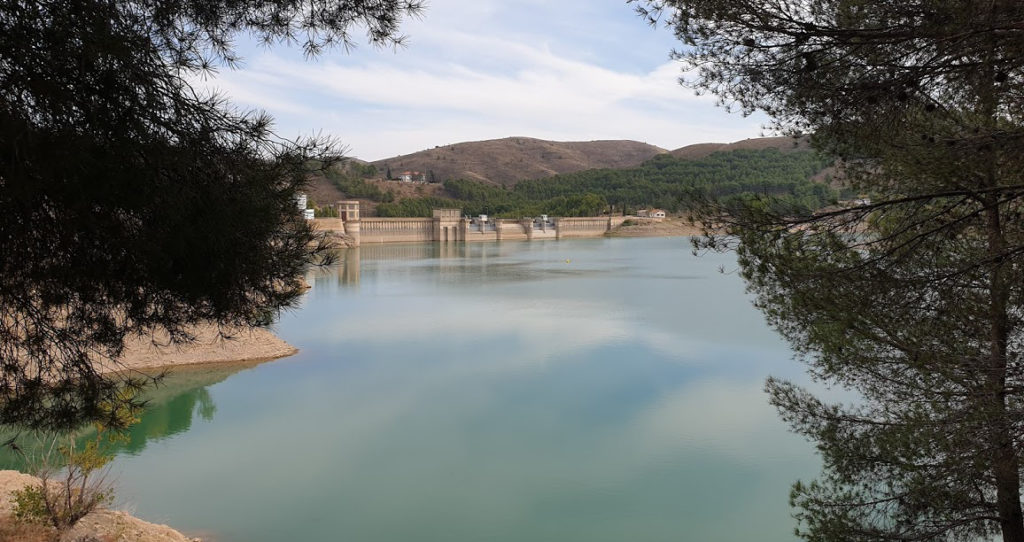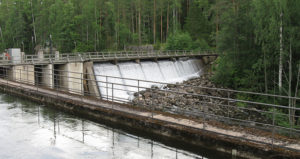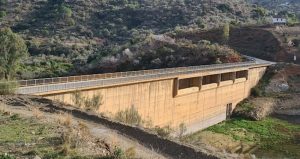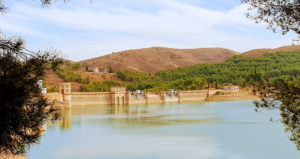EC-proposal Nature Restoration Law needs teeth

-
 Fergal MacErlean
Fergal MacErlean
Share article:
The upcoming Nature Restoration Law, introduced in June by the European Commission, has been broadly welcomed by environmentalists but calls have been made for legal requirements to be added to existing obligations, including the Water Framework Directive and the Marine Strategy Framework Directive, with greater funding for river ecosystem restoration among other areas.
Ioannis Agapakis, Wildlife and Habitats lawyer at ClientEarth said: “This law sets the foundation for bringing biodiversity back from the brink in the EU. Setting concrete targets and securing strong national implementation tools can turn the tide in the fight against these twin crises, but only if they are enforced. “For this law to have teeth, we need to see planning and monitoring, rules for the measures adopted, and consistency with other EU legislation – otherwise the law’s targets will remain just numbers on a page.”
Funding
The Nature Restoration Law builds on existing legislation with an ambitious aim to put all natural and semi-natural ecosystems on the path to recovery in less than a decade, specifically to restore at least 20 per cent of EU land and sea by 2030, and repair all ecosystems in need of restoration by 2050. The new impetus will benefit from substantial EU funding: under the current Multiannual Financial Framework, around € 100 billion will be available for biodiversity spending, including restoration.
Targets
The targets proposed include restoring marine habitats such as seagrasses or sediment bottoms, and restoring the habitats of species such as dolphins and porpoises, sharks and seabirds. Restoration and rewetting of drained peatlands under agricultural use and in peat extraction sites. Removing river barriers (primarily obsolete barriers) so that at least 25,000 km of rivers, across Member States, would be turned into free-flowing rivers by 2030, which equates to approximately 2% of EU river length. Cutting the use of chemical pesticides in half by 2030.
Economic return
The European Commission says restoration does not imply stopping economic activity in restored ecosystems but it is primarily about working with nature. Its impact assessment indicates that every euro spent on restoration delivers a return of between 8 and 38 euros.
Resistance
But several targets are already under question for being too limited, or unenforceable. Some marine restoration targets will prove difficult to achieve due to overfishing outwith European seas. And restrictions on bottom trawling will be met with fierce resistance.
Higher targets are needed
WWF and the Living Rivers Europe coalition have called on the European Parliament and the Council to make the river restoration target higher. They say Member States should be required to restore 15% of river length into free-flowing rivers by 2030 as well as restore floodplains.
Removing barriers
The Adaptive Management of Barriers in European Rivers consortium found that more than 10% of the 1 million barriers recorded in Europe are abandoned or obsolete, which means that some 100,000 obstacles could be removed to help reconnect Europe’s rivers. The restoration law target of restoring 25,000 km of rivers only requires 2.5% of these barriers to be removed to achieve that goal. Claire Baffert, Senior water Policy Officer, WWF European Policy Office, said: “The river restoration goal currently on the table is far too low to be a game changer and halt the dramatic collapse of freshwater biodiversity. Freshwater migratory fish populations such as eel and salmon have collapsed by 93% since 1970. In order to stop that, we need large-scale measures, not half-hearted ones.”
Replenish groundwater sources
Free-flowing rivers which can swell and shrink naturally and flow at a good rate, also replenish groundwater sources. These groundwater sources such as aquifers are an important source of water for drinking municipalities, and agriculture, but reservoirs are often favoured.
Legislation procedure
The restoration law will be discussed in the European Parliament and Council, who will decide if it should be adopted. If passed, it will require Member States to develop national plans, within two years.
















